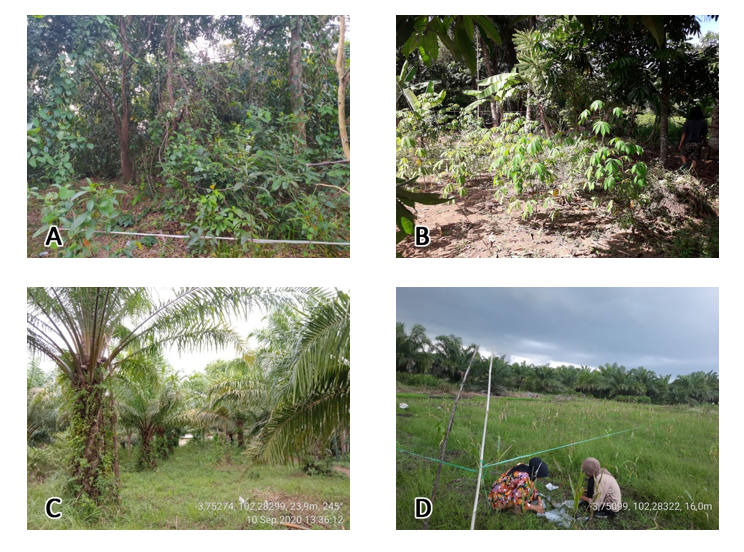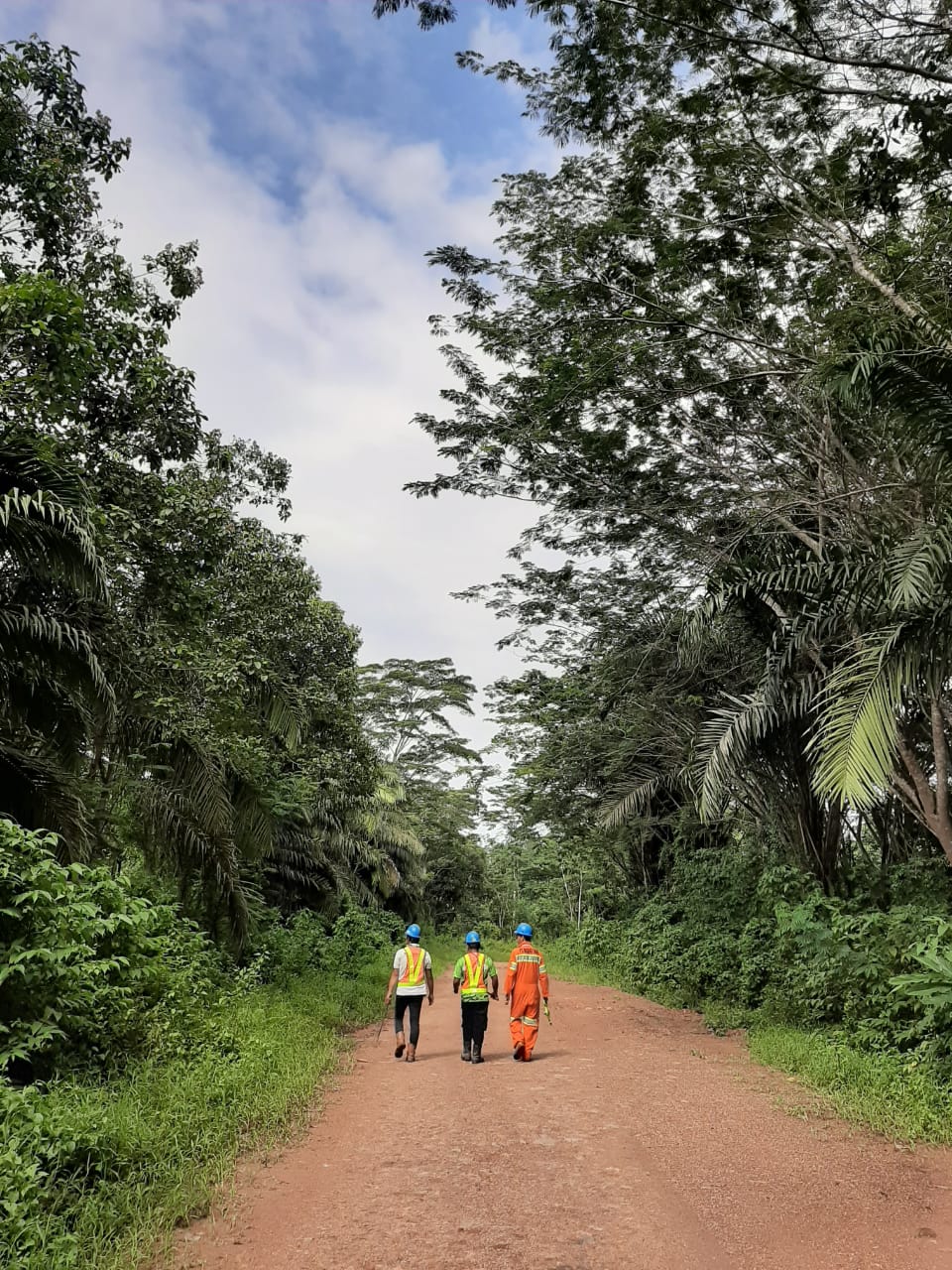Carbon Stored on Seagrass Community in Marine Nature Tourism Park of Kotania Bay, Western Seram, Indonesia
Abstract
Currently, the function of seagrass community as carbon storage has been discussed in line with “blue carbon” function of that seagrass has. Seagrass bed are a very valuable coastal ecosystem, however, seagrass bed is threatened if compared to other coastal ecosystems, such as mangroves and coral reefs. The threatened seagrass experienced also contributes to its capacity in absorbing CO2 emission from greenhouse gasses such as CO2 emission Temporal estimation shows that CO2 emission will increase in the coming decade. On the other side, efforts to decrease climate change can be influenced by the existence of seagrass. Informations about existence of seagrass as carbon storage are still very rare or limited. This study was aimed to estimate carbon storage on seagrass community in Marine Nature Tourism Park of Kotania Bay Area, Western Seram, Maluku Province. The quadrat transect method of 0.25 m2 for each plot was used to collect seagrass existence. The content of carbon in the sample of dry biomass of seagrass was analyzed in the laboratory using Walkley & Black method. The results showed that total carbon stored was higher in both Osi and Burung Islands of Kotania Bay than other studied areas (Buntal and Tatumbu Islands, Marsegu Island, Barnusang Peninsula, Loupessy and Tamanjaya Village). The average carbon stored in Kotania Bay waters was 2.385 Mg C ha-1, whereas the total of carbon stored was 2054.4967 Mg C.
Authors
WawoM., WardiatnoY., AdriantoL., & BengenD. G. (2014). Carbon Stored on Seagrass Community in Marine Nature Tourism Park of Kotania Bay, Western Seram, Indonesia. Jurnal Manajemen Hutan Tropika, 20(1), 51-57. https://doi.org/10.7226/jtfm.20.1.51
Jurnal Manajemen Hutan Tropika is an open access journal which means that all contents is freely available without charge to the user or his/her institution. Users are allowed to read, download, copy, distribute, print, search, or link to the full texts of the articles in this journal without asking prior permission from the publisher or the author. This is in accordance with the Budapest Open Access Initiative (BOAI) definition of open access.









